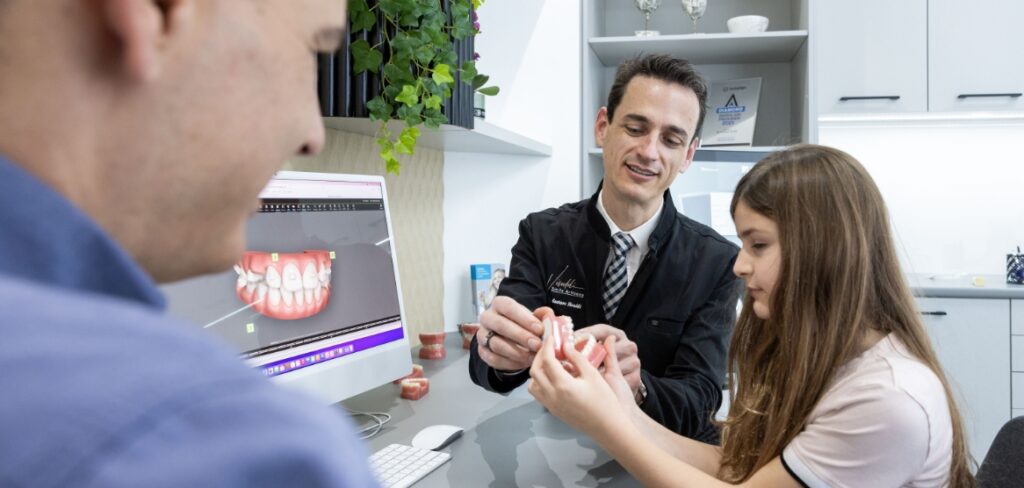Early Intervention Orthodontics, also known as interceptive orthodontics or phase one orthodontics, refers to any situation where the growth of the jaws and/or eruption of adult teeth is outside of the normal limits and orthodontics intervention is recommended.
The aim is to re-stablish a normal growth and eruption guide for a developing child. Normally, interceptive orthodontics is performed between the ages of 7 and 11, when the first set of permanent molars are in place.
The goal of interceptive orthodontics is to reduce the complexity and treatment time when a second phase of orthodontic treatment is needed during the teenager years (when all adult teeth have erupted), or even to avoid it altogether. It aims to:
- help develop appropriately shaped arches for future eruption, creating ideal space for adult teeth
- reduce or eliminate the need for adult tooth extractions
- prepare the jaws for more ideal growth during the upcoming puberty growth spurt
- reduce or eliminate asymmetries related to eruption or development.
Early Intervention Orthodontics can be of tremendous value for a growing child, helping to prevent the extraction of adult teeth, shortening treatment times with comprehensive orthodontics, improving facial balance and growth, preventing trauma or social issues related to protrusive teeth, and assisting in prevention of ectopic or impacted teeth.
With that in mind, the ideal age for the first Orthodontic assessment is around 7 years of age.
What are the problems treated by interceptive Orthodontics?
- Severe teeth crowding
- Overbites and underbites
- Crossbite (misalignment of back teeth caused by a constricted upper jaw and palate)
- Jaw irregularities (unevenness in upper and lower jaw)
- Narrow dental arches (from thumb-sucking and dummy habits)
- Early loss of baby teeth with drift of adult teeth
- Family history of impacted teeth
- Protruding teeth at risk for trauma or causing social distress
Early Intervention orthodontics correct the above issues before they worsen or become impossible to correct when the jaw bones are fully developed.
What can be achieved with early intervention?
- Creating or regaining space in the situation where a baby tooth has been gone for a period of time and other teeth drifted into the site
- Upper jaw expansion to correct crossbite
- Upper and lower expansion to create space when both arches are narrow
- Protrusion reduction (to reduce risk of injury to front teeth)
- Helping to Stop sucking habits
- Selective, targeted removal of over-retained primary teeth that are in the way of ideal eruption of coming adult teeth
- Maintaining space for permanent teeth in case of early loss of baby tooth
Dr Gustavo Vivaldi will be happy to discuss treatment options for your child. Please call us to book a consultation.







